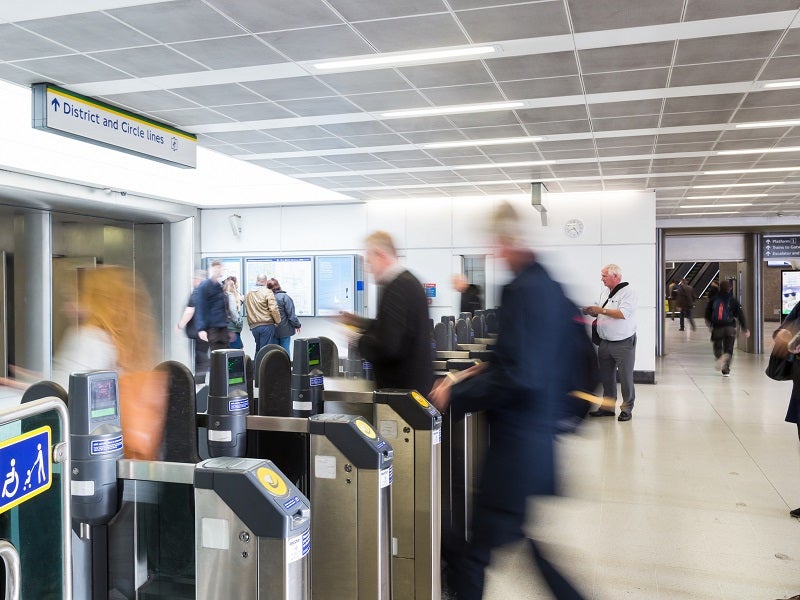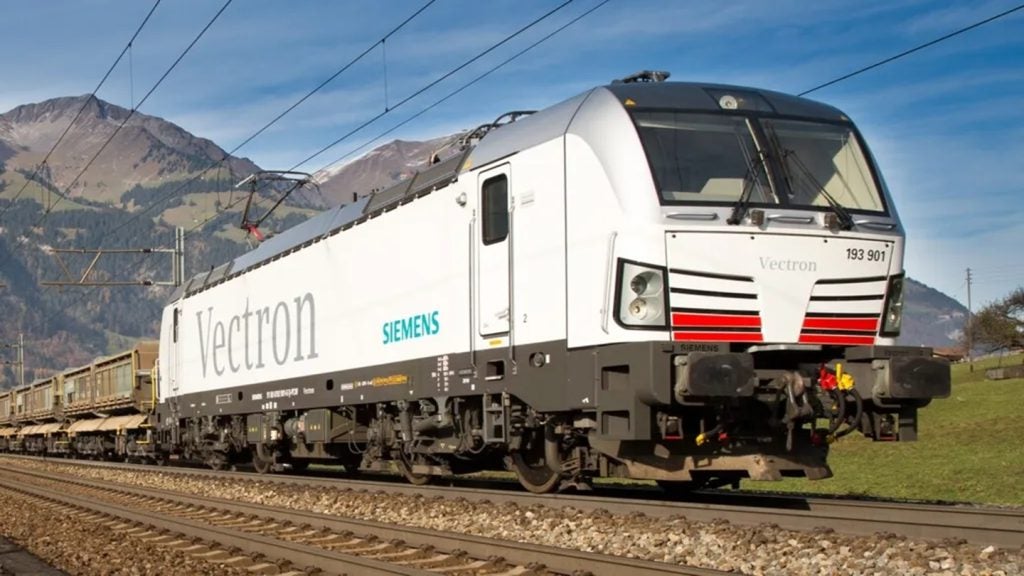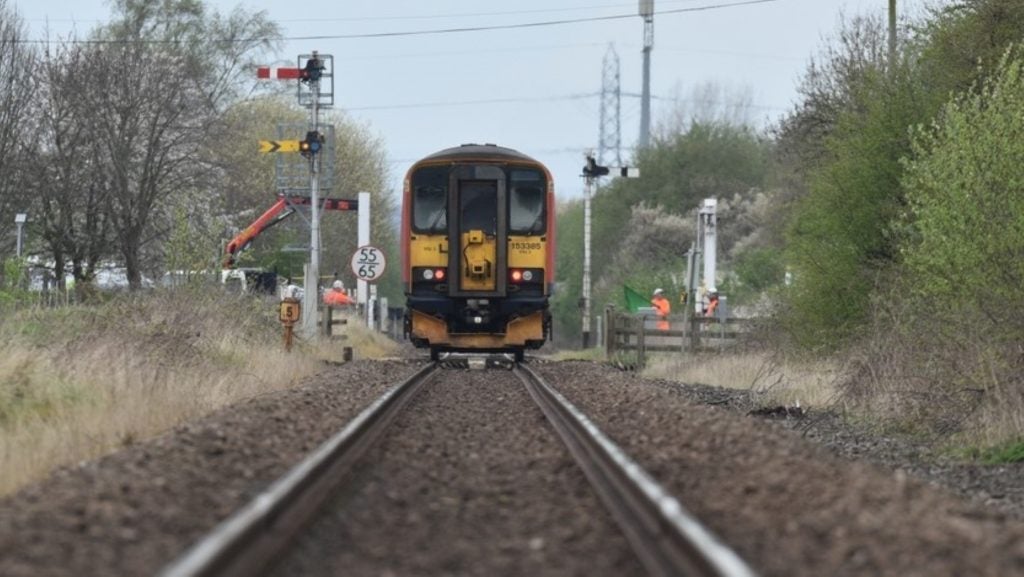
The introduction of Oyster smartcards in London revolutionised the way that people pay for travel in the city. The system made moving across London easier and faster through pay-as-you-go passes which could automatically be topped up. They eliminated the need for cash and reduced the queues.
First launched in 2003, it was so appealing that by June 2012, 80% of journeys in London were made using it. Since then almost 90 million cards have been issued. Each day 2 million people travel on the Tube alone, yet while it is convenient for commuters, it can be complicated for tourists.
Around 20 million visitors each year come to London who first must understand how the system works and then purchase an Oyster card from an outlet of some kind (such as a newsagent or information centre) before being able to travel. It is a process that can cause friction and frustration from international travellers.
With the process and cost of issuing new Oyster cards (around 500,000 each month) quite substantial, TfL decided a less labour-intensive system was required that was also interoperable with existing infrastructure and technology. So, in 2014 a contactless ticketing system using bank cards was introduced.
The rise of contactless bank card payments on the Tube
Fast forward to 2019 and payments with contactless bank cards or mobile phones now make up 60% of all Tube and rail pay-as-you-go journeys in London. This is the equivalent of around 21 million journeys a week. The remaining 40% still use Oyster.
“TfL’s contactless ticketing system makes travelling in London easy and convenient by removing the need to purchase a ticket and simply allow people to travel by touching their contactless bank card or mobile device on the yellow reader,” says TfL head of customer payments Mike Tuckett.
How well do you really know your competitors?
Access the most comprehensive Company Profiles on the market, powered by GlobalData. Save hours of research. Gain competitive edge.

Thank you!
Your download email will arrive shortly
Not ready to buy yet? Download a free sample
We are confident about the unique quality of our Company Profiles. However, we want you to make the most beneficial decision for your business, so we offer a free sample that you can download by submitting the below form
By GlobalDataAs long as passengers touch in and touch out, contactless ensures passengers pay the exact fare, which reduces costs for those who might have otherwise bought a one-day Travelcard instead.
Tuckett says that the development of contactless payments by TfL is seen by many as the catalyst for contactless being adopted more generally by consumers in the UK, and this is widely accepted as the case by the payments industry. He explained that the success of contactless in London is now leading to more world cities introducing the technology as a convenient method of paying for travel.
“In 2016 TfL signed a deal worth up to £15m with Cubic Transportation Systems, allowing them to adapt the capital’s contactless ticketing system worldwide,” he added. “Since then, New York, Sydney, Miami and Boston have all announced that they plan to introduce contactless payments in the coming years.”
The advantages of contactless payments
According to UK Finance, contactless payments increased by 31% to 7.4 billion payments with 84% of debit cards and 64% of credit cards with the tap and pay functionality. The banking and finance trade association predicts that around 37% of the population will pay using contactless technology by 2028.
Convenience, speed, security and ease of making transactions are all reasons for the growing momentum and popularity of contactless payments says Expleo client director of financial services Bharath Kumar Mani. Advantages for businesses are more focused around cheaper transactions, shorter processing times, guaranteed payments and customer experience.
“Contactless has been tested time and again and has been proven to be secure,” says Mani. “Contactless card transactions offer low risk while processing the transactions completely offline without the need for issuer’s online approval. This is why adoption has been so high, and it is why we are seeing it migrate over other streams of business.”
Security is an important factor for users with contactless bank cards. Earlier this year the Oyster card system was hacked and around 1,200 accounts compromised.
“We believe that a small number of customers have had their Oyster online account accessed maliciously after their login credentials were compromised when using non-TfL websites,” says Tuckett, adding that they actioned a temporary suspension of online contactless and Oyster accounts until additional security measures were put in place.
“Our initial investigation indicates that, rather than a compromise of the Oyster Online service, this is potentially the result of individual user details, gathered during breaches of unrelated third parties, being reused on the TfL Oyster website.”
Will the Oyster card be phased out?
But will the Oyster card continue to remain in circulation as contactless card and smartphone payments take off?
Mani believes that it is only a matter of time before TfL phases out the physical Oyster card. Driving factors benefit TfL and users, with perhaps the most critical aspect being security. He says that security technology means commuters needn’t worry that contactless payments are exposing them to fraud.
Convenience (no top-ups or queues), cost savings (particularly operational and infrastructure savings for TfL) and eliminating unclaimed Oyster balances, a figure estimated at £321m in 2018 are cited as the key driving factors for change.
However, TfL has no plans phase the Oyster card out. “This is because there will always be customers, such as children or those who need to manage their finances more carefully, who will benefit from the card,” says Tuckett. “However, as the system is now more than 15 years old, and it is clear that more people are switching to using pay-as-you-go with contactless bank cards or mobile devices, we are no longer extending Oyster to other stations outside London.”
With around 20% of all journeys paid for using mobile devices, such as phones or smart watches, Tuckett says TfL is working closely with mobile payment providers such as Apple Pay, Google Pay and Samsung Pay, to see how they can make further improvements to the customer experience and support the uptake of mobile payments.
Mani says it’s only a matter of time before TfL moves completely to new edge payment systems and that the future phasing out of bank cards is also a factor to consider. Smartphones, wearables and facial pay are how he sees the payment landscape of the future.
Biometric payments in the future
In China, Alipay and WeChat Pay already offer facial payments to their one billion subscribers and Juniper Research reports that “mobile biometrics will authenticate $2tn worth of in-store and remote mobile payment transactions annually by 2023”. The growth is far more than initially anticipated as Juniper also notes that this is “17 times the $124bn expected in 2018”.
“Futuristic payments could be in the form of mobile payments, Apple/Android/Samsung Pay, biometrics, face pay, ring pay, etc, noting, of course, that some of these payment methods are already being accepted by TfL,” says Mani. “The primary objective should be to retain and grow the customer base while improving customer experience, security and operating costs.”







